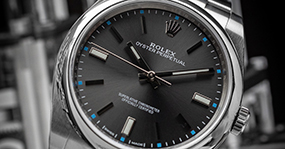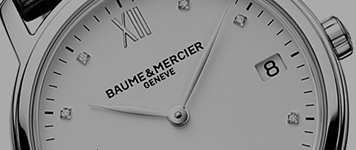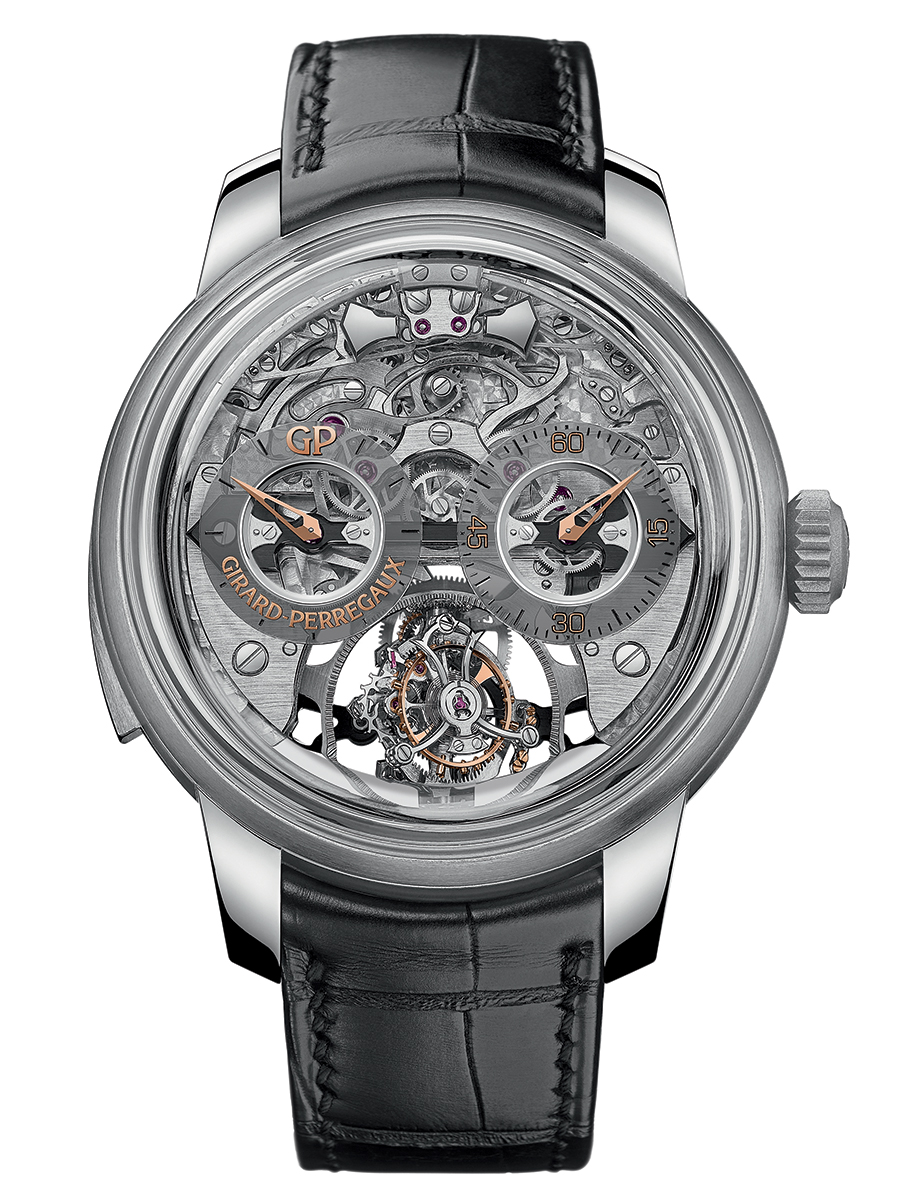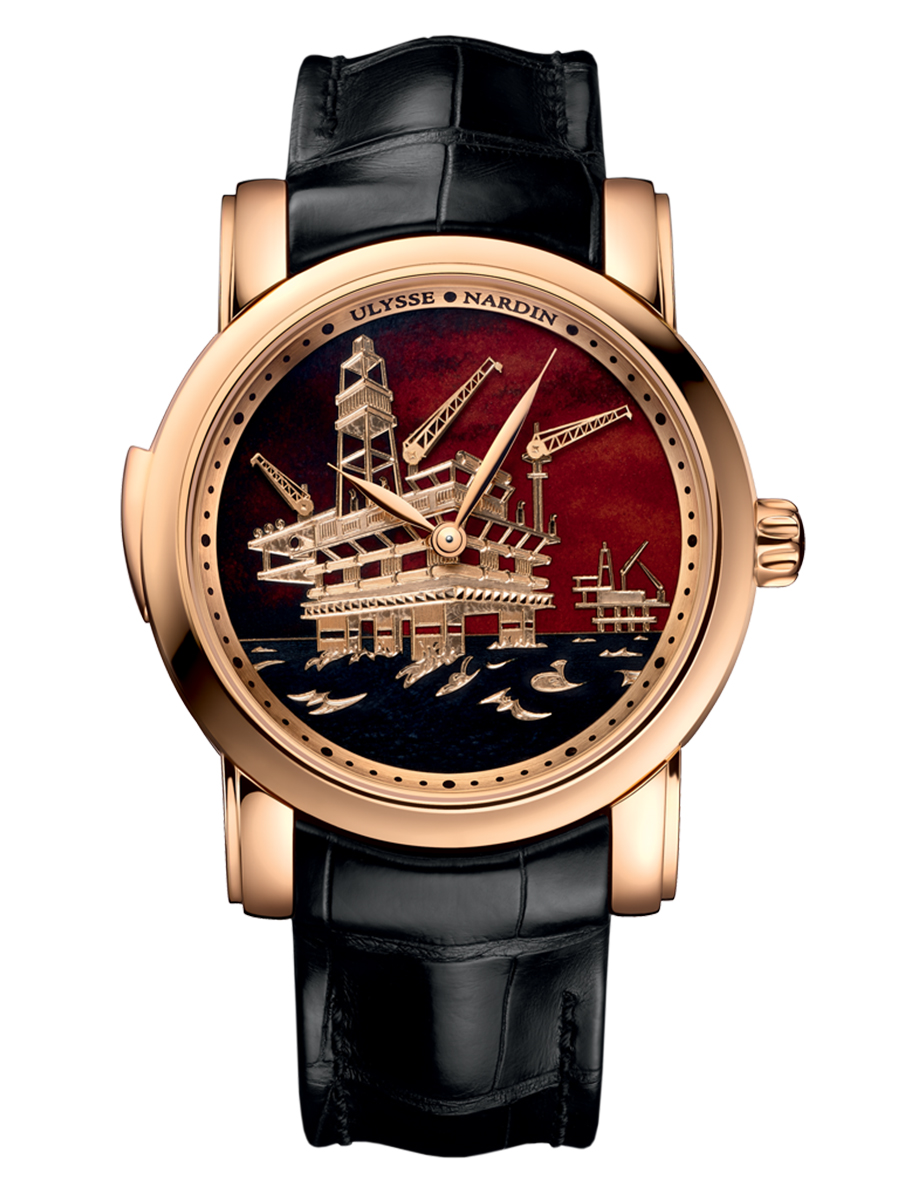
The Repeater: One of the Most Sophisticated Watch Complications
In the world of watches, the word “grail” gets thrown around a lot but when it comes to watch complications, the undisputed pinnacle of complexity is the repeater. Engineering the ability to tell time via chimes goes beyond the visual aspects of timekeeping, entering into the auditory realm. Incorporating a repeater in a watch movement is a highly involved process, and repeater watches are often some of the most sought-after timepieces in the world of horology. Oftentimes, its mechanisms aren’t easily recognizable, with only a small lever on the edge of the watch case that remains subtly hidden until revealed by the sound of the chimes that ring out when you push the slider.
What Is a Repeater?
Repeaters are complications in mechanical watches that chime the time at the press of a slider or lever. Not to be confused with the mechanisms of a striking clock, these do not chime at regular intervals. Instead, they only do so on demand. Because of the acoustic time-telling mechanism, the repeater was useful for telling the time in the dark, before artificial illumination was developed. In addition, repeaters allow the user to tell the time discreetly and politely without looking at the watch or clock.
There are different types of repeaters, with the simplest ones chiming the hours. Others sound different tones for quarter-hours, five minute intervals, or even down to single minutes. The ones that tell the minutes are the most sophisticated of all to put on a watch. In the watchmaking industry, incorporating a minute repeater is a mark of technical mastery.
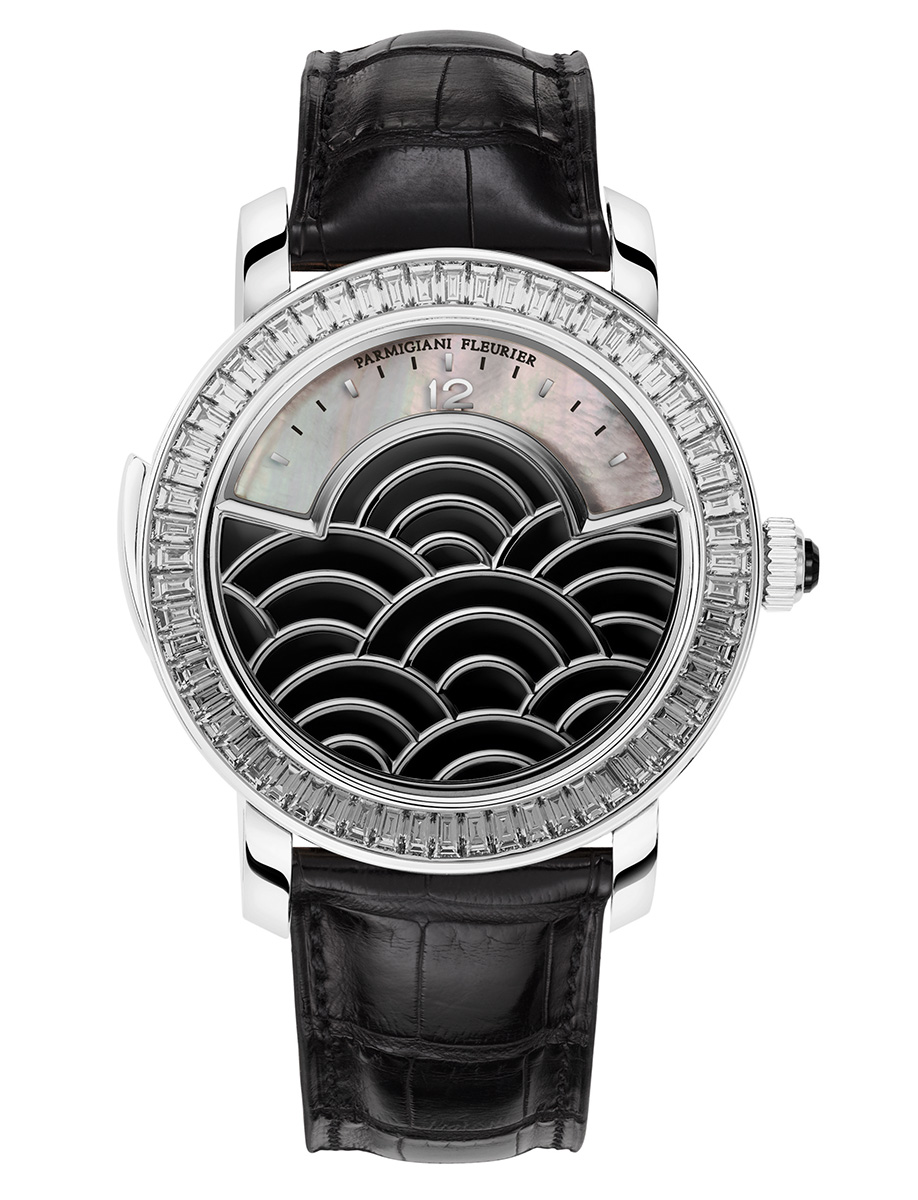
A Brief History of the Repeater
Acoustic time-telling is not a new invention—church bells have rung the hours since medieval times. However, it was not until 1676 that the English cleric and inventor Reverend Edward Barlow invented the repeater. He devised the “rack and snail” mechanism that became the standard mechanism in repeating clocks and watches ever since.
During the 1700s, repeating watches remained a rarity because the normally oversized components – a bell, wire gong, and striking mechanism – were difficult to put in a wristwatch. The few repeater watches available were highly exclusive and regarded as a status symbol yet technology had not progressed far enough to allow for minute-to-minute chimes.
Around 1750, famous London watchmaker John Ellicott produced the first minute repeaters. Horologist A.L. Breguet made improvements to the mechanism, making them slightly easier to manufacturer. Yet, despite being marginally more common, repeaters remailed the most scarce watch types available Today, not much has changed. Because of the complicated process of making repeater watches, they are only found in some of the most prominent brands, such as Ulysse Nardin, Girard-Perregaux, Breguet, and Jacquet-Droz.
How Does a Repeater Work?
To describe in detail the inner workings of a repeater watch would take nearly as long as developing one from scratch (that is to say, a very long time!). Simply put, a slider or lever winds a spring that powers the repeater. Releasing the slider sets the spring into motion, and the force from the unwinding movement activates the chiming mechanism of the complication. Repeating watches released after 1820 employ an “all-or-nothing” mechanism that prevents the chiming sequence from being cut off, making them more reliable.
Telling the Time with a Repeater
The chimes of these sophisticated complications come in different pitches and sequences, and the number of beats tells the time. For example, at 3:50, a watch with a minute repeater would sound three chimes for the hours, three half-tones for the quarter hours, and five higher-pitched tones for the minutes.
Shop Sophisticated Luxury Watches Online
Because of the complex mechanisms behind repeaters, they’re often some of the most sought-after complications. They’re not only novelty complications, but they have practical uses as well. Minute repeaters are especially extravagant, with only the best brands having this highly accurate mechanism in their catalogs.
If you’re looking for a luxury watch store in Los Angeles, CA, Feldmar Watch has you covered. We’ll provide you with the most sophisticated luxury watches from world-class brands. Shop with us and grow your collection today!



